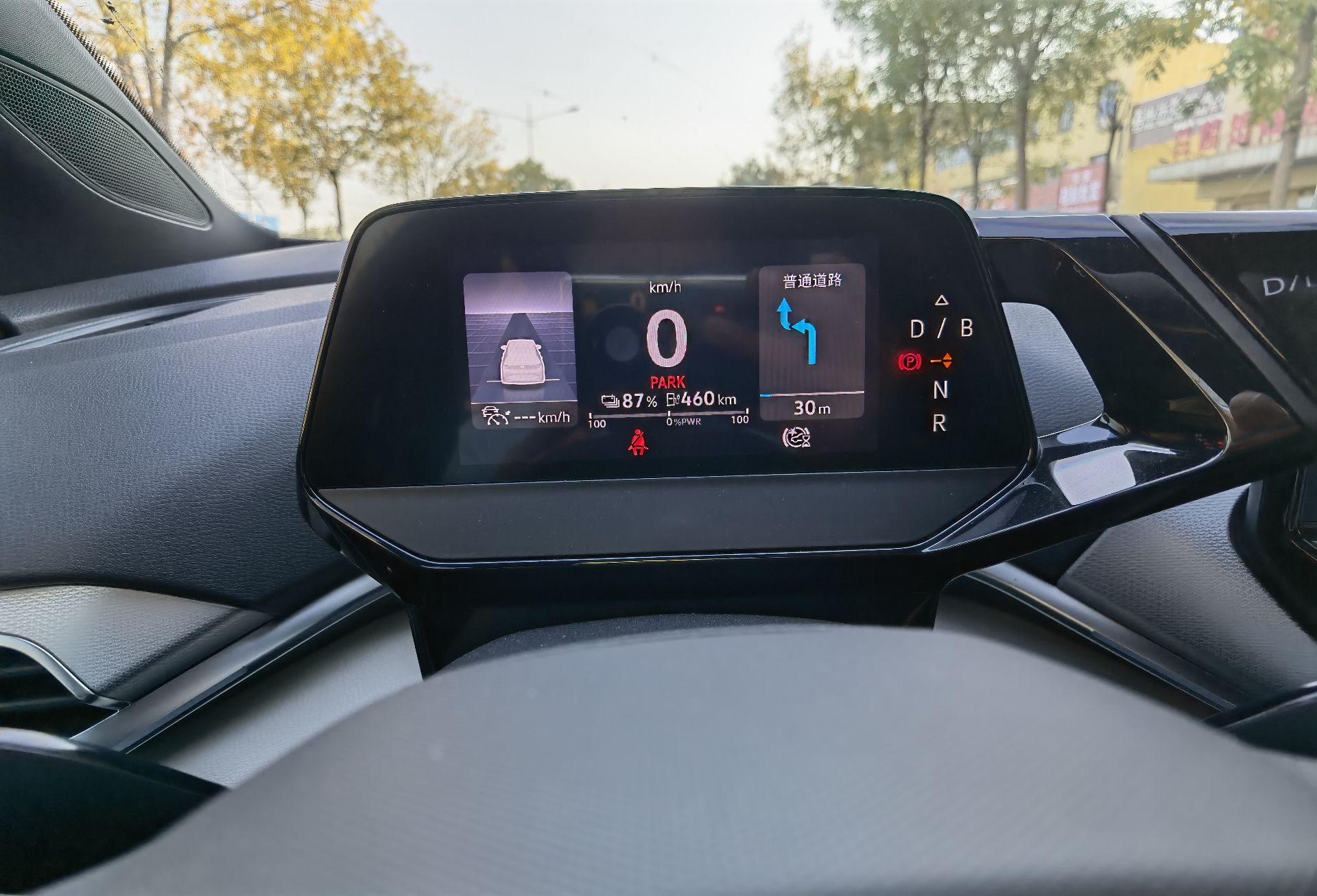When I first saw the ID.4 CROZZ, I felt a bit “disappointed” by the instrument panel equipped on the ID. Nowadays, new cars on the market are making their screens bigger and bigger, but the ID is going against the trend, with a screen that is even smaller than the conventional car model instrument panel.
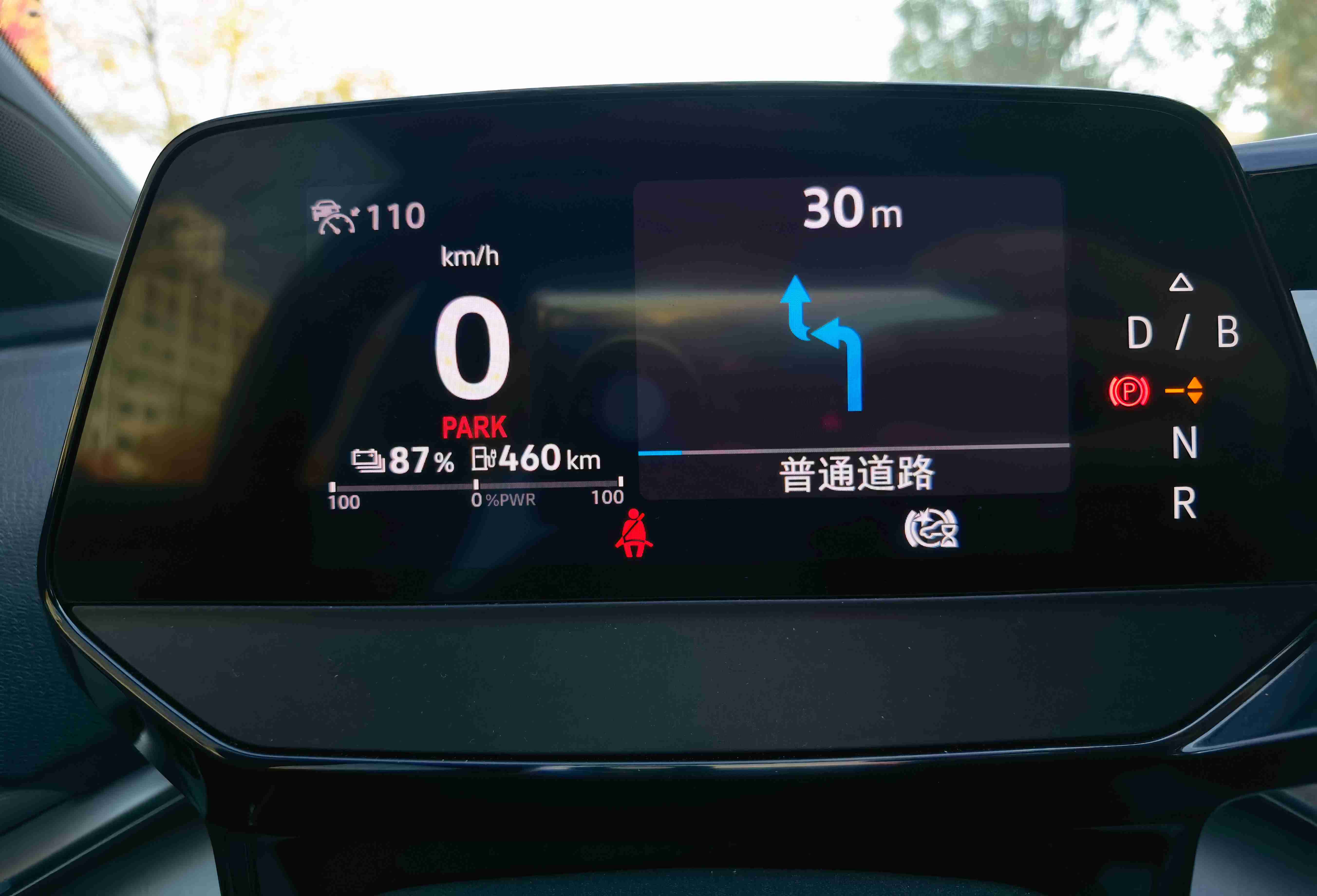
But in the end, I chose the ID.4 CROZZ because of its comprehensive cost performance, and now, after using it for a year, I’m used to it. Looking at this small screen now, it not only doesn’t affect my use but also increases my liking for it.
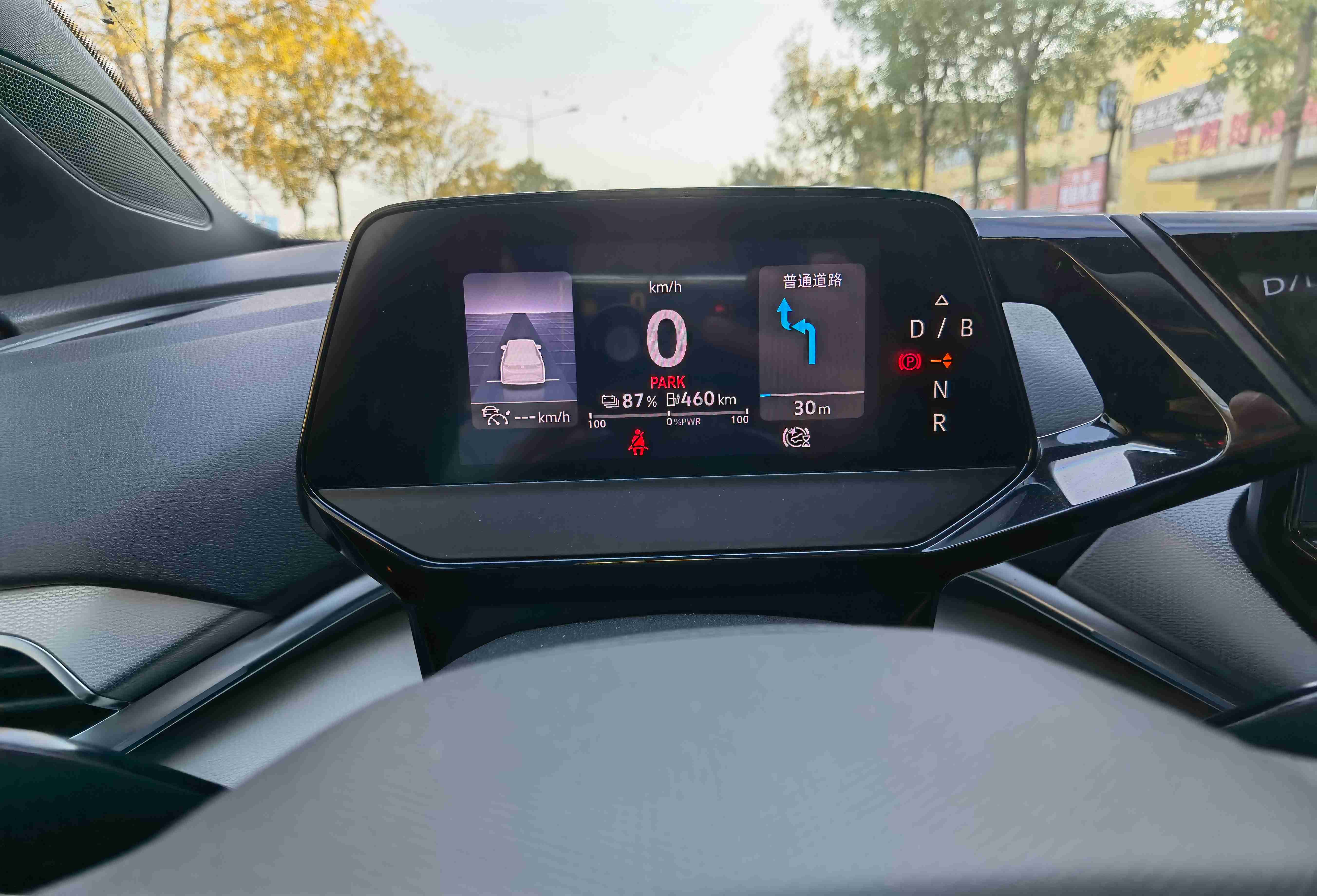 From a data perspective, this 5.3-inch LCD instrument panel has a resolution of 800*400, high definition, high brightness, high contrast, and is integrated design with electronic shifting, which looks simple and neat.
From a data perspective, this 5.3-inch LCD instrument panel has a resolution of 800*400, high definition, high brightness, high contrast, and is integrated design with electronic shifting, which looks simple and neat.
The display content is divided into two layers, with the lower layer displaying safety warning lights, such as reminders to fasten seat belts and fatigue driving, etc., and the upper layer displaying driving information, navigation, vehicle speed, remaining battery life, and other information.
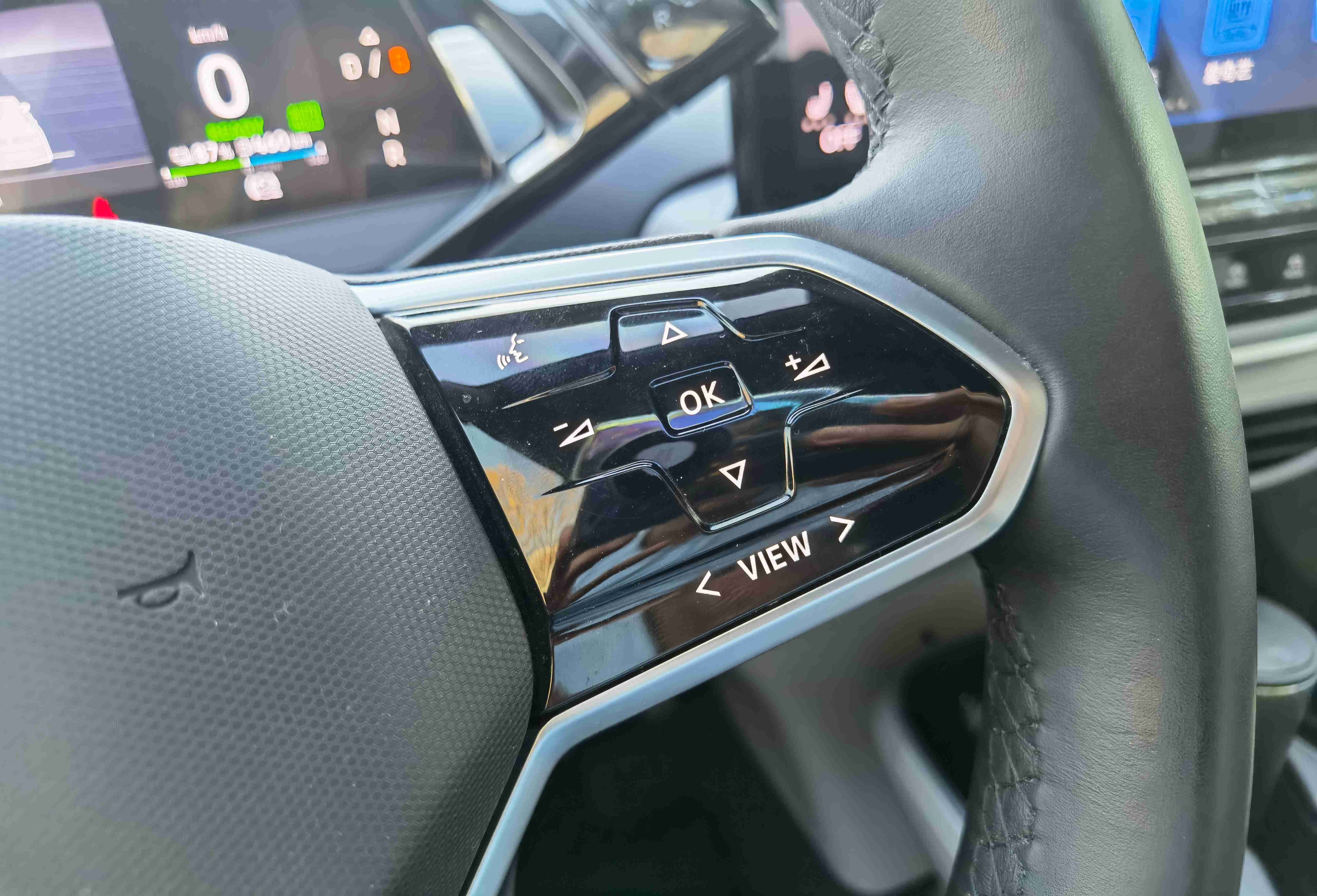
The upper layer of display information can be switched using the “VIEW” button located below the right side of the steering wheel, and can display only left driving assistants and vehicle speed through left and right switching, or the rightmost vehicle speed and navigation, or all three contents altogether.
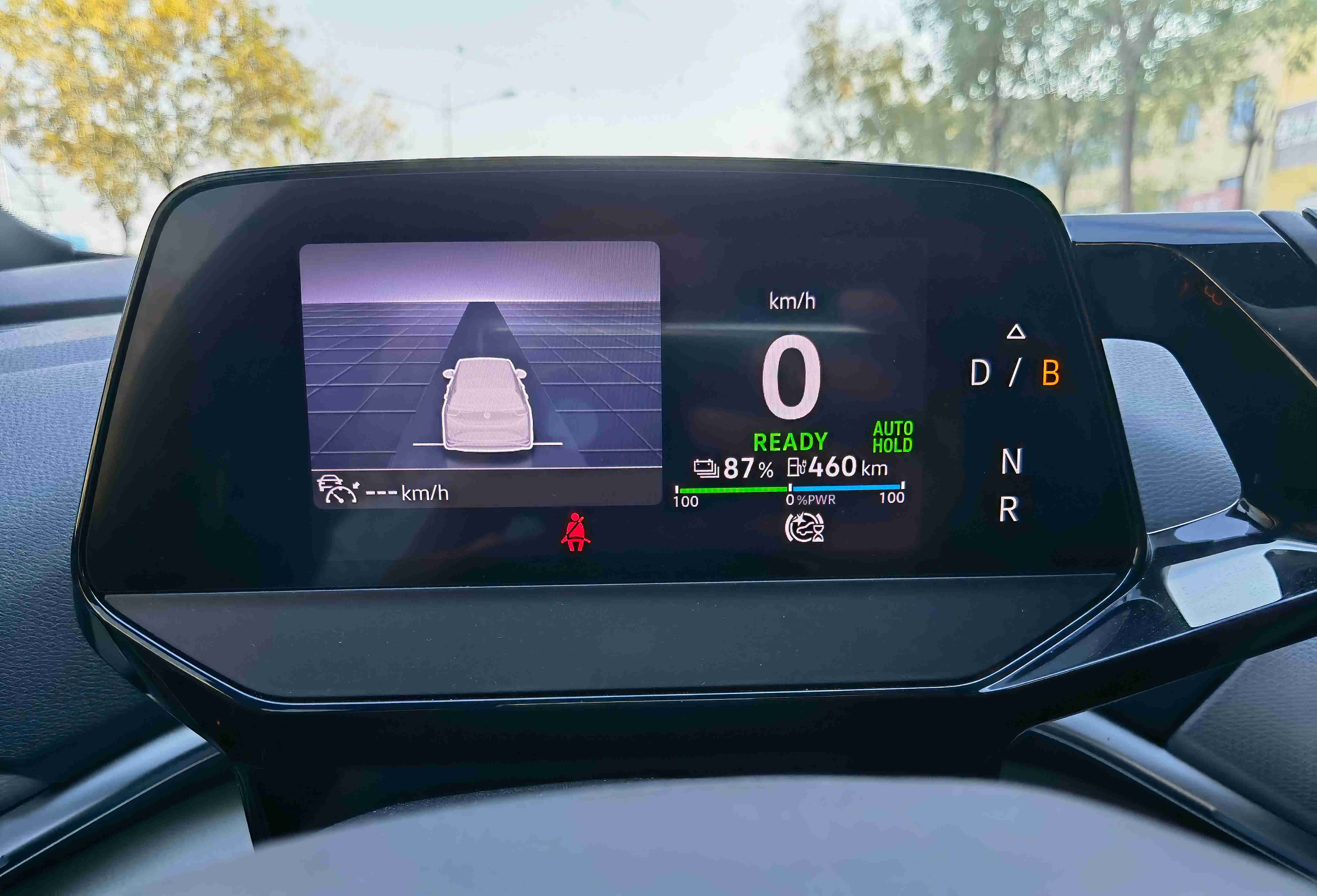 Some cars have a “bare” front, which I am not used to. But our screen can be described as clear, information-rich, concise, and practical, with key driving information at a glance, integrated design with electronic shifting, novel and fashionable styling, and a sense of technology.
Some cars have a “bare” front, which I am not used to. But our screen can be described as clear, information-rich, concise, and practical, with key driving information at a glance, integrated design with electronic shifting, novel and fashionable styling, and a sense of technology.
This article is a translation by ChatGPT of a Chinese report from 42HOW. If you have any questions about it, please email bd@42how.com.
